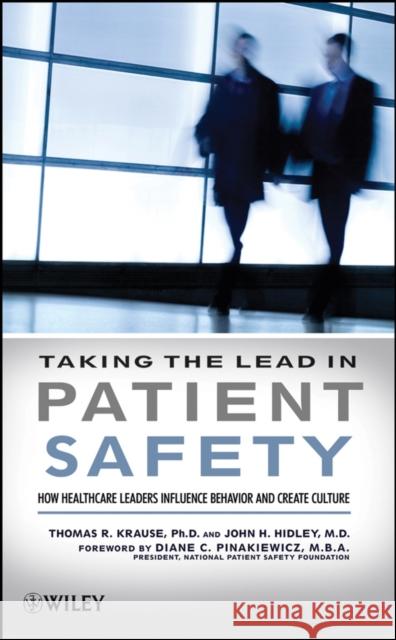Patient Safety Primer » książka
topmenu
Patient Safety Primer
ISBN-13: 9780470225394 / Angielski / Twarda / 2008 / 304 str.
- Written by industry professionals: a workplace safety specialist in conjunction with a practicing physician and medical manager.
- Provides recommendations for assessing hospital safety practices as well as specific suggestions for behavioural interventions.
- Brings a systematic approach to healthcare safety, identifying common problems through illustrative case studies and offering solutions.
- Offers several different perspectives including patient safety, doctor safety, and administrator safety.











